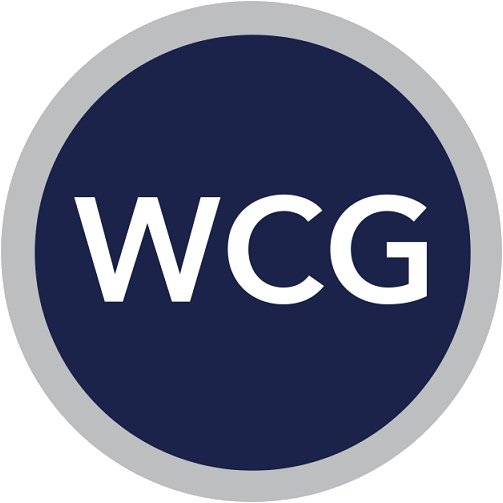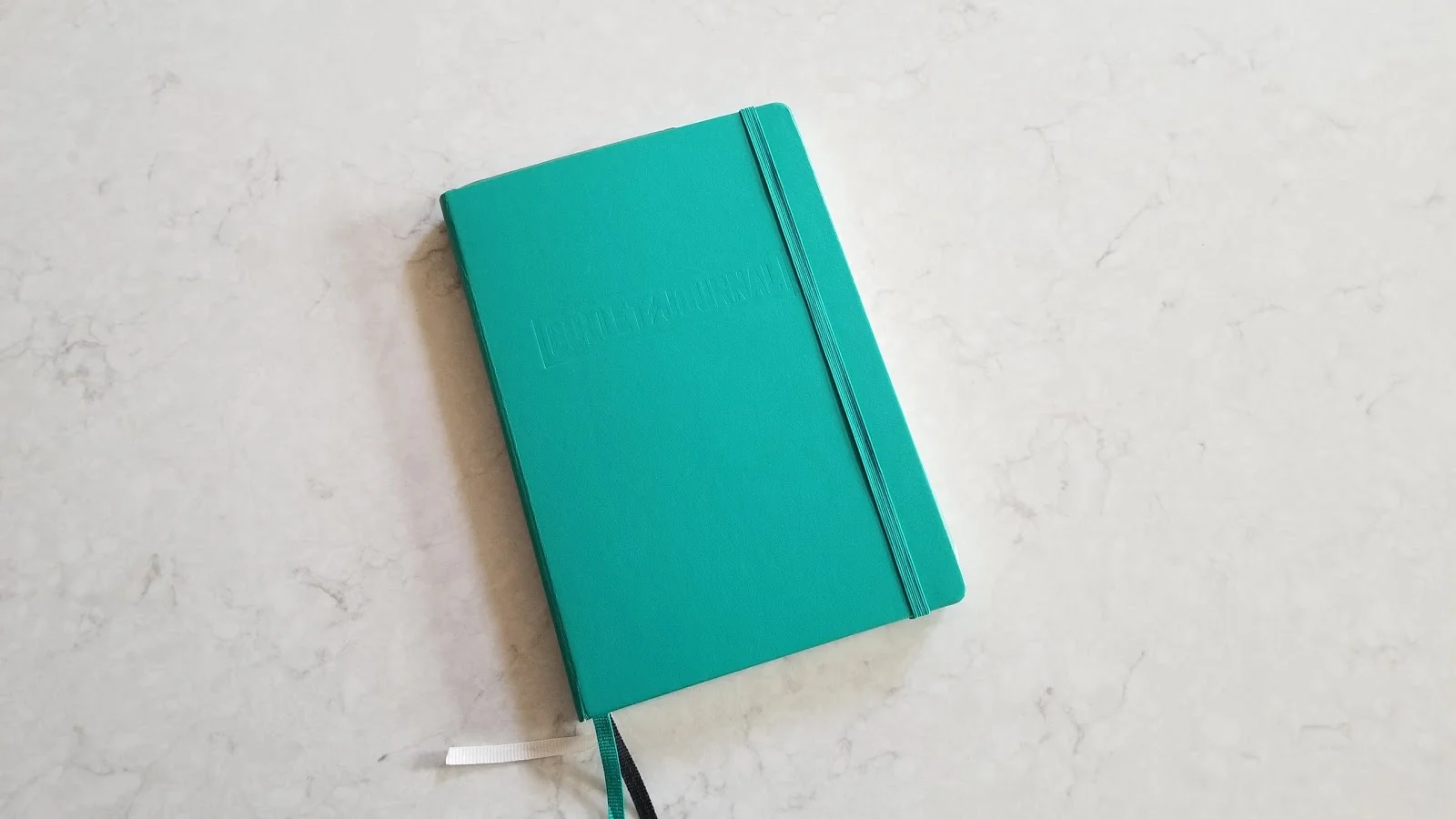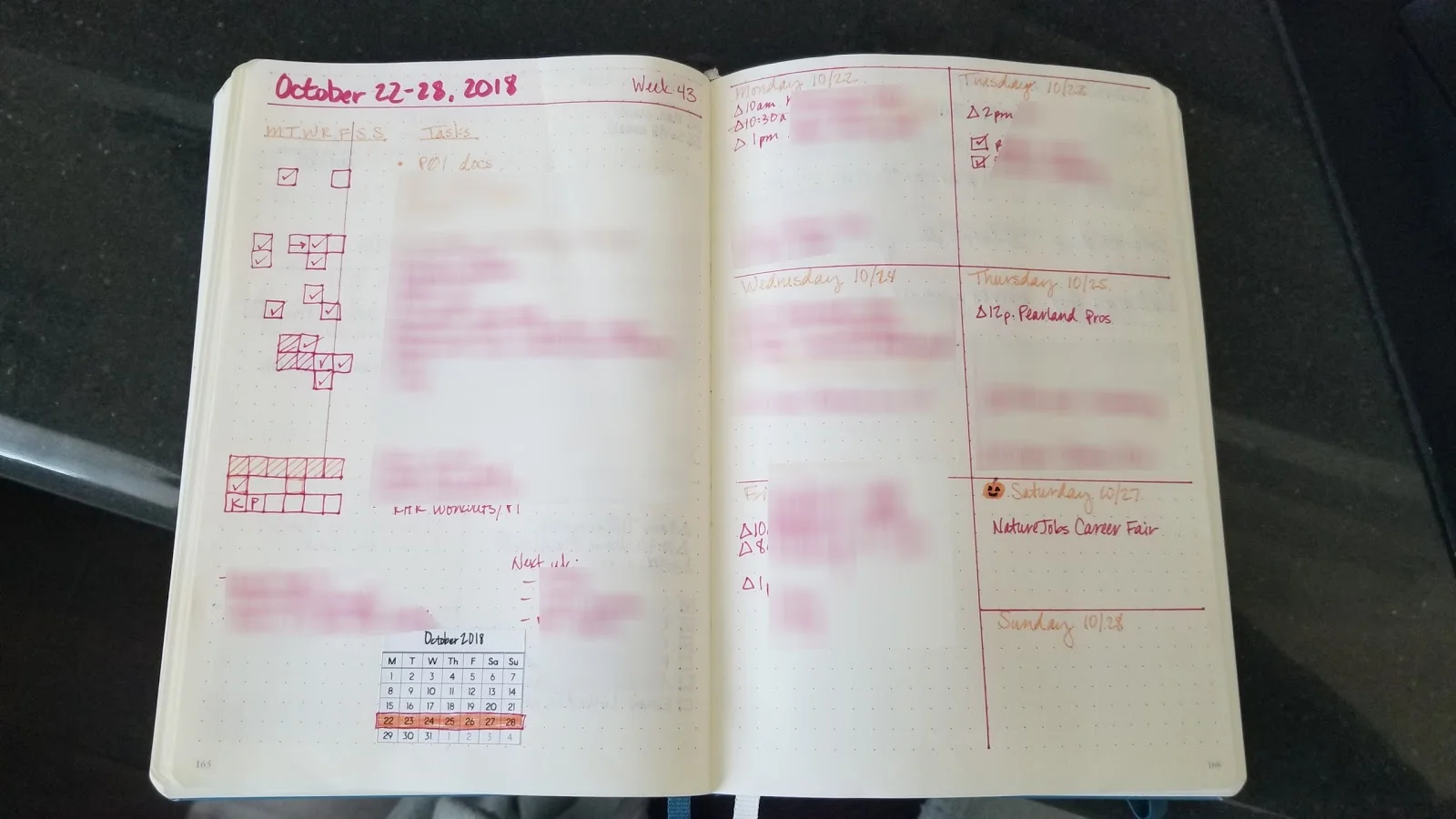Bullet Journaling for Peak Productivity
A paper planner can be a powerful tool in the digital age. The market for planners certainly offers a wide varieties to meet your individual needs. What works for me has been the infinitely flexible Bullet Journal. The system, created by Ryder Carroll, has transformed the lives of creatives, professionals, and overwhelmed multitaskers.
Why would I go back to paper when so much of my life is managed using my phone? For one thing, the act of writing helps me remember what I wrote. Research suggests that writing by hand engages the brain’s motor pathways, expanding the connections between what you intend to do and your working memory. Have you ever written a grocery list and then left the list at home, but you remembered what was on it? Writing it out helped you.
Another reason I love planning on paper has to do with the picture superiority effect, which means that our memories have better recall with pictures than words. I don’t get too fancy with my layouts (check out Instagram and Pinterest for some super creative inspiration), but I do mix up my utilitarian style by changing colors schemes each week. The colors transform the week’s information into a mental picture, making it easier for me to remember the notes I’ve taken in my notebook.
So with science backing up the power of paper planning in recall and working memory, what is the Bullet Journal exactly? First, I recommend going directly to Ryder Carroll’s tutorial to see his process for “rapid journaling” to basically dump all of the thoughts from your brain onto the page, and then later track what’s been done. He has also just released a book on using his system that you can check out if so inclined.
The main features of the Bullet Journal system that attracted me:
A dot grid journal with numbered pages
Blank pages - no pre-printed pages that I won’t use taking up space
Index for tracking what goes where in the journal
The major reason my Bullet Journal works for me is that I keep everything together in one place: my to do lists, my meeting schedule, plus notes for personal and professional happenings. The pages are numbered and I keep track of what’s where by filling in the index as I go through the year. Because the pages aren’t pre-filled out, my meeting notes are adjacent to the current weekly planning layout.
Pro Tip: I have categories for my index, such as my list of months, meeting notes for the Wilbanks Consulting Group, meeting notes for another organization, and my personal-related notes. Keeping these together in my index makes it so much easier to find what I need!
With some experimentation, I’ve figured out that I am most productive when I use a Gantt-style task list that faces my weekly schedule on the next page:
Guess what I never use? The monthly calendar page. Since I don’t use this type of page, I don’t include it in my journal. The great thing about the blank dot grid pages is that whatever you need a page to be, it can serve that purpose.
In today’s world, I’ll never operate without my electronic devices. But the truth is that I’m so much more productive when I pair my digital life with the power of paper planning.


